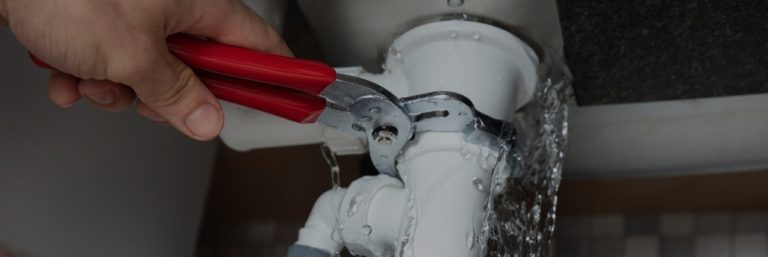How to Inspect If Your House Has a Concealed Leakage
How to Inspect If Your House Has a Concealed Leakage
Blog Article
Are you currently on the lookout for related information concerning Detecting hidden plumbing leaks?

The moment you discover a leak, calling your plumber for repair services is the most effective remedy. Nonetheless, some little water leakages might not be visible. If you can not detect it with your nude eyes, here are some hacks that help.
Early discovery of leaking water lines can mitigate a possible disaster. In addition to saving you cash, it will lessen the stress and also irritation.
Check Water Usage
Analyze your water bills as well as track your water intake. As the one paying it, you must notice if there are any type of discrepancies. If you identify sudden changes, regardless of your intake coinciding, it indicates that you have leaks in your plumbing system. Remember, your water costs ought to drop under the very same variety on a monthly basis. A sudden spike in your costs shows a fast-moving leakage.
A steady boost every month, also with the same practices, reveals you have a slow leak that's likewise gradually rising. Call a plumber to thoroughly inspect your residential or commercial property, specifically if you really feel a cozy location on your flooring with piping below.
Inspect and Assess the Scenario
Home owners ought to make it a habit to inspect under the sink counters and also inside cabinets for any type of bad odor or mold growth. These 2 red flags suggest a leakage so prompt interest is required. Doing routine assessments, even bi-annually, can save you from a major problem.
Analyze the Water Meter
Inspecting it is a proven way that aids you uncover leakages. If it moves, that suggests a fast-moving leak. This suggests you might have a slow-moving leak that might even be below ground.
Asses Outside Lines
Don't neglect to examine your exterior water lines too. Needs to water permeate out of the link, you have a loosened rubber gasket. One little leakage can throw away lots of water and spike your water expense.
Do a Food Coloring Examination
When it comes to water consumption, 30% comes from bathrooms. If the shade somehow infiltrates your bowl during that time without flushing, there's a leakage in between the tank as well as dish.
If you know your home is already old, keep a careful eye on your heating units, pipes, pipes etc. Check for discolorations and weakening as many pipes and devices have a life span. They will likewise naturally wear away because of wear and tear. Do not wait for it to escalate if you presume leaking water lines in your plumbing system. Call an expert plumber right now so you do not end up with a horrible mess in your home.
The moment you find a leakage, calling your plumber for repair services is the finest service. Some tiny water leaks might not be noticeable. Checking it is a proven means that assists you find leaks. One little leakage can lose tons of water and increase your water expense.
If you presume leaking water lines in your plumbing system, don't wait for it to escalate.
WARNING SIGNS OF WATER LEAKAGE BEHIND THE WALL
PERSISTENT MUSTY ODORS
As water slowly drips from a leaky pipe inside the wall, flooring and sheetrock stay damp and develop an odor similar to wet cardboard. It generates a musty smell that can help you find hidden leaks.
MOLD IN UNUSUAL AREAS
Mold usually grows in wet areas like kitchens, baths and laundry rooms. If you spot the stuff on walls or baseboards in other rooms of the house, it’s a good indicator of undetected water leaks.
STAINS THAT GROW
When mold thrives around a leaky pipe, it sometimes takes hold on the inside surface of the affected wall. A growing stain on otherwise clean sheetrock is often your sign of a hidden plumbing problem.
PEELING OR BUBBLING WALLPAPER / PAINT
This clue is easy to miss in rooms that don’t get much use. When you see wallpaper separating along seams or paint bubbling or flaking off the wall, blame sheetrock that stays wet because of an undetected leak.
BUCKLED CEILINGS AND STAINED FLOORS
If ceilings or floors in bathrooms, kitchens or laundry areas develop structural problems, don’t rule out constant damp inside the walls. Wet sheetrock can affect adjacent framing, flooring and ceilings.
https://www.servicemasterbyzaba.com/blog/how-to-detect-water-leakage-in-walls/

We hope you enjoyed reading our post on Detecting hidden plumbing leaks. Thanks a lot for spending some time to read our content. Do you know about another person who is enthusiastic about the niche? Do not hesitate to promote it. We cherish reading our article about Detecting hidden plumbing leaks.
Report this page